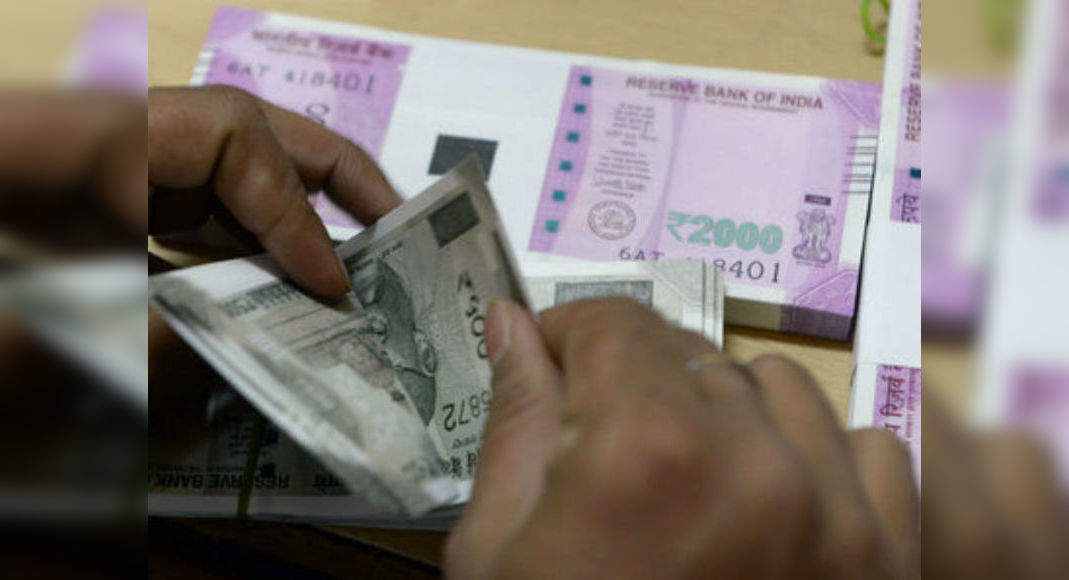MUMBAI: Notwithstanding incremental credit growth plunging to a 59-year low at 5.56 per cent in FY21, the bank credit-to-GDP ratio rose to a five-year high of a little over 56 per cent in 2020, but way behind its peers and just half of the G20 average, according to the latest data from the Bank for International Settlements (BIS).
At 56.075 per cent credit-to-GDP ratio, total outstanding bank credit stood at $1.52 trillion in the country in 2020, according to the BIS data for the year, but this is still the second lowest among all its Asian peers.
And when it comes to the emerging market peers, it is 135.5 per cent and at 88.7 per cent in advanced economies.
It can be noted that in spite of the massive credit-driven stimulus that the government tried to push to help tide over the impact of the pandemic in 2020, incremental credit growth inched up only 5.56 per cent (at Rs 109.51 lakh crore), which was the lowest recorded growth in 59 years when in FY1962 it was at 5.38 per cent.
Even in FY20, credit growth was at a 58-year-low at 6.14 per cent, an analysis by SBI Research showed recently.
According to analysts, bank credit growth is a key indicator of economic growth and a credit-GDP ratio of 100 per cent is the ideal, which indicates robust demand for credit without the fear of a bubble in the making.
A higher credit-to-GDP ratio indicates aggressive and active participation of the banking sector in the real economy, while a lower number shows the need for more formal credit.
This is also a key reason for economists and analysts calling for privatisation of state-run banks to increase credit growth.
At 56 per cent, the country’s bank credit-to-GDP ratio is at a five-year high when in 2015 it stood at 64.8 per cent, yet it is just over half of what G20 economies clocked last year.
As against this, the ratio for the other four BRICS members stood at the following: China-161.75 per cent, Russia-88.12 per cent, Brazil-50.8 per cent, and South Africa at a low 40.1 per cent.
The country’s credit-to-GDP ratio improved to 56.075 per cent in 2020 from a low of 52.7 per cent in 2019.
In 2018, it was still lower at 52.4 per cent, marginally better at 53.6 per cent in 2017, and a higher 59 per cent in 2016 and the five-year best of 64.8 per cent in 2015.
According to the BIS data at 56 per cent, the ratio is just over half of what G20 economies clocked in the year.
It’s also much lower than emerging market economies and advanced economies, which grossed up 135.5 per cent and 88.7 per cent, respectively.
What is more worrying is all the liquidity push by the Reserve Bank is unlikely to have any tangible impact in pushing credit demand up this year as well because so far this fiscal, incremental credit growth has been trending at 5.5-6 per cent, indicating that the ratio may fall further in 2021.
On the positive side, the low credit-to-GDP ratio has ensured that the credit-to-GDP gap, which is a measure of risks associated with higher lending to businesses and households over long-term, is at a negative 5.7 per cent, which is among the lowest in Asia.
A lower credit-to-GDP gap indicates resilience or the ability of the economy to payback debt, several Asian economies such as Japan, Korea and Hong Kong have alarming gaps at 28 per cent, 28 per cent and 18 per cent, respectively.
Higher gaps show trouble for the financial system, which as best exemplified in the 2008 sub-prime housing crisis in the US.







